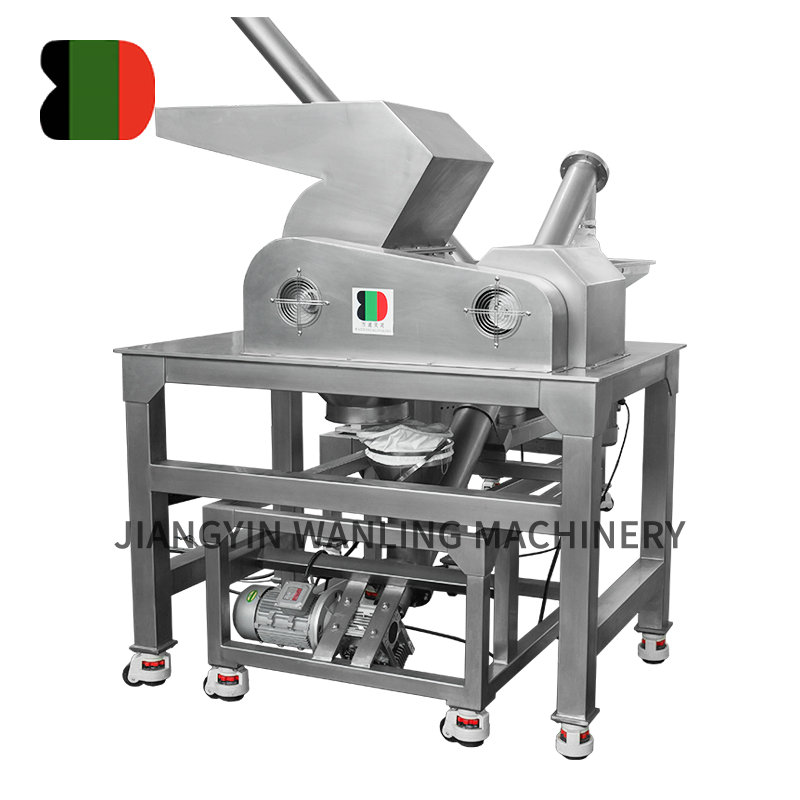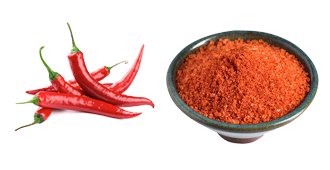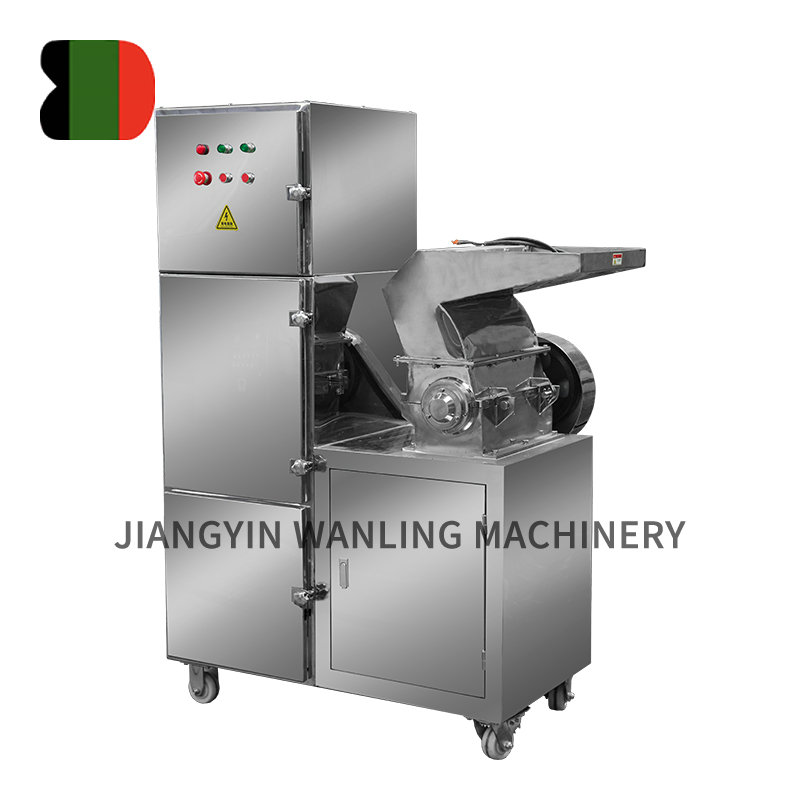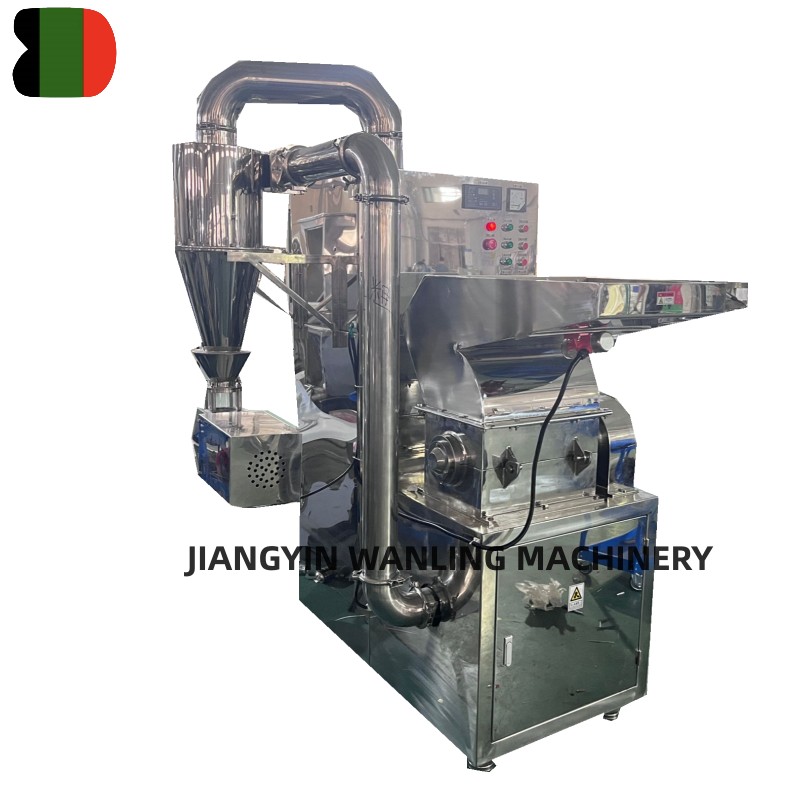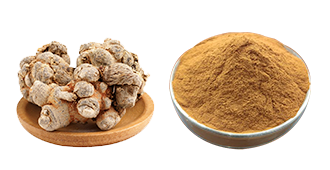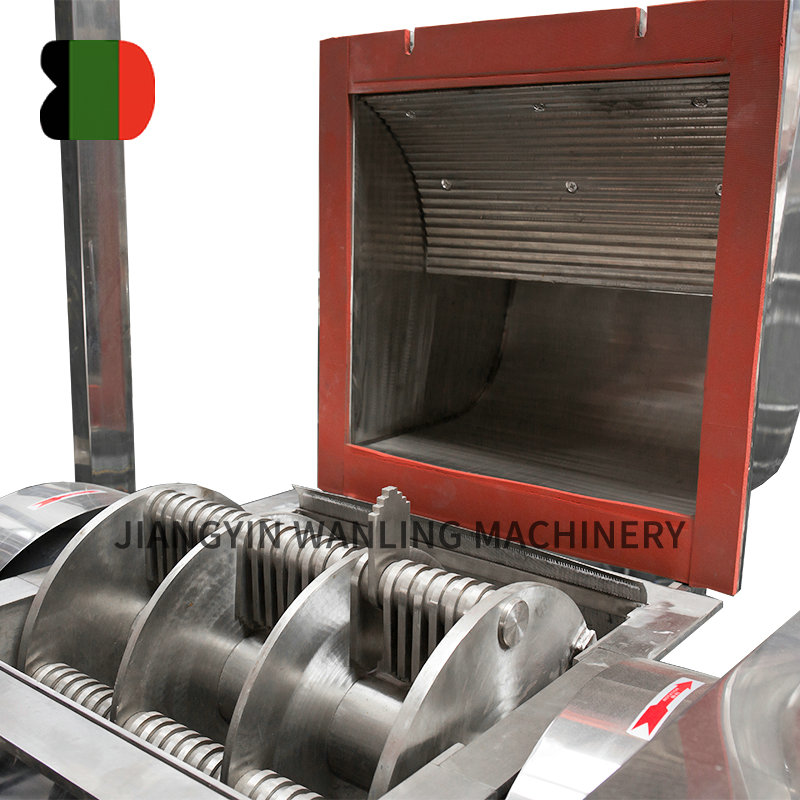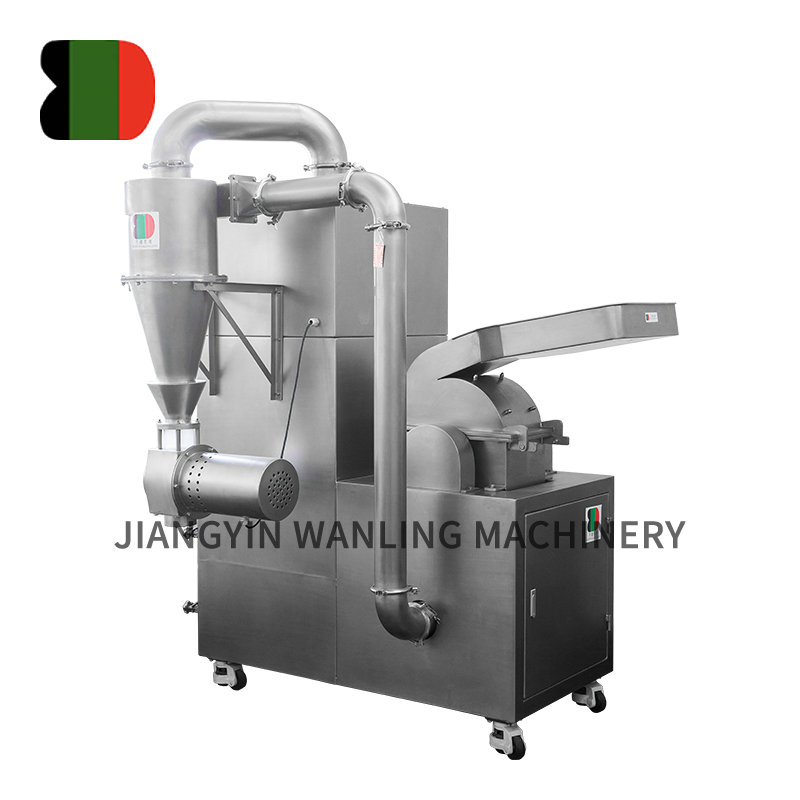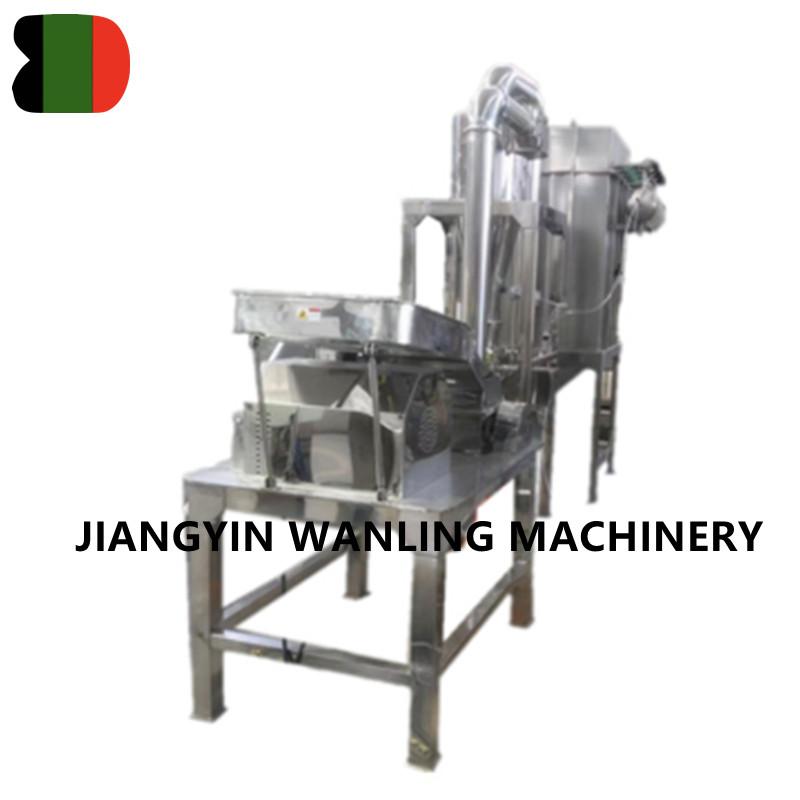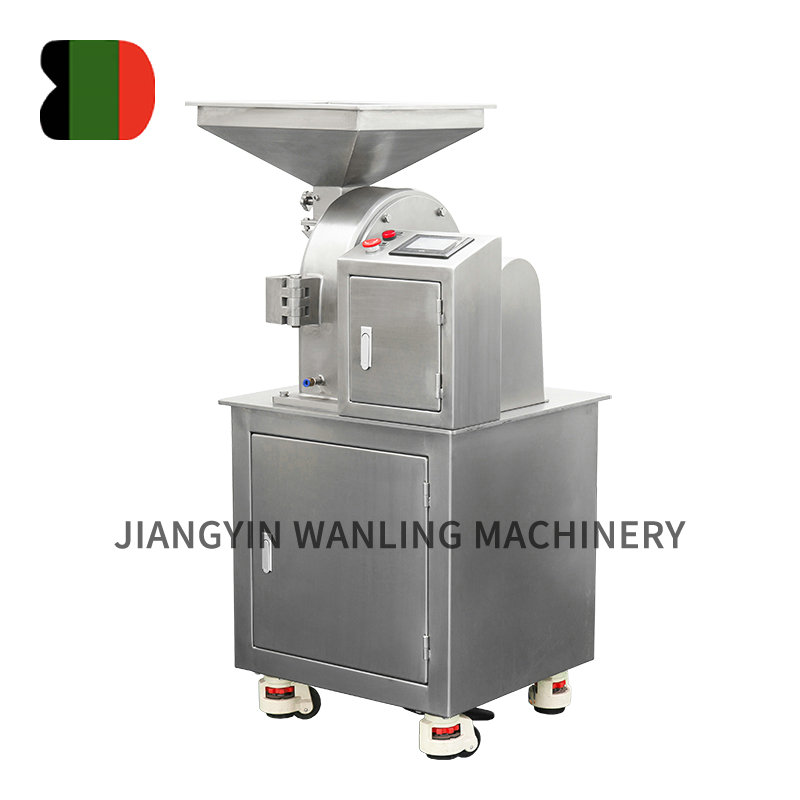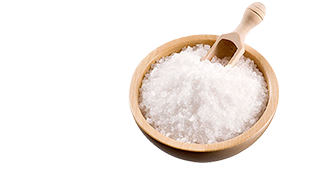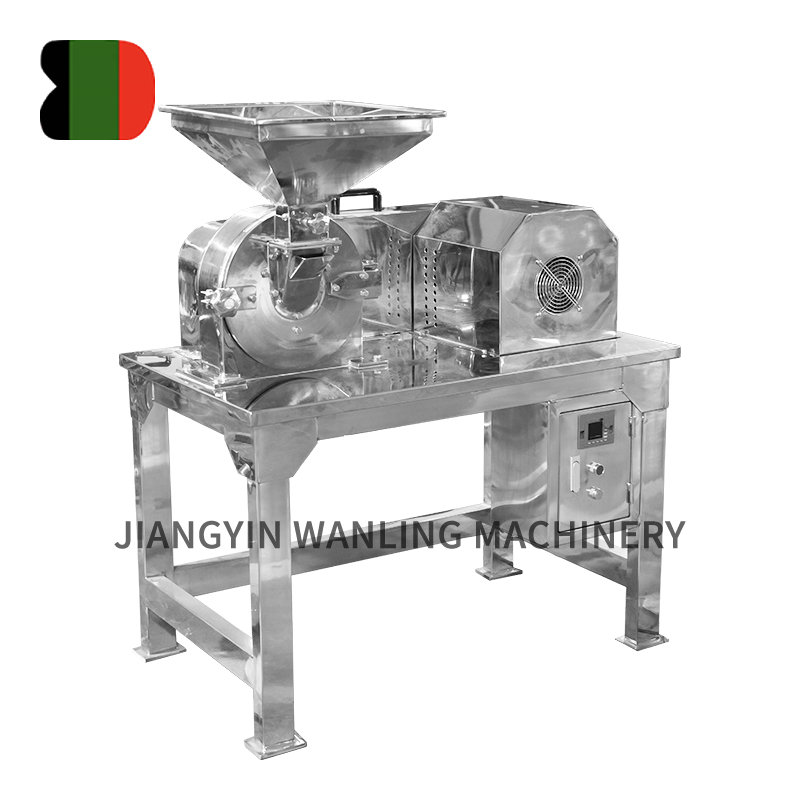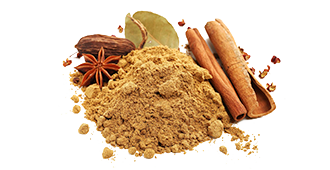The tooling in a tablet press machine plays a crucial role in shaping and compressing tablets. Here’s how the tooling contributes to the tablet manufacturing process:
1. Shaping the Tablets
Punches and Dies: The primary components of tablet press tooling are the punches and dies. The dies are the metal molds into which the tablet material is pressed, while the punches are the tools that compress the powder inside the die. The shape and size of the die determine the final shape of the tablet, whether it’s round, oval, or custom-shaped.
Custom Designs: Tooling can be customized to produce tablets with specific shapes, sizes, and surface features. This customization allows for the creation of tablets that meet particular branding or functional requirements.
2. Compressing the Powder
Compression Force: The punches apply a high compression force to the powder within the die. This force compresses the powder into a solid, cohesive tablet. The amount of pressure applied can affect the hardness, density, and disintegration time of the tablet.
Uniform Compression: Tooling is designed to ensure uniform compression across all tablets produced. This consistency is crucial for ensuring that each tablet has the same weight, dosage, and quality.
3. Ensuring Tablet Quality
Surface Finish: The tooling also affects the surface finish of the tablets. High-quality tooling can produce tablets with smooth surfaces, clean edges, and precise markings. This is important for both the aesthetic appeal and functional characteristics of the tablets.
Control Over Attributes: Properly maintained and calibrated tooling helps control various tablet attributes, including hardness, friability, and dissolution rate. This control is essential for meeting quality standards and regulatory requirements.
4. Maintaining Tooling
Wear and Tear: Over time, tooling can experience wear and tear due to the high pressures and friction involved in the pressing process. Regular maintenance and replacement of worn tooling are necessary to ensure consistent tablet quality and prevent defects.
Cleaning: Tooling must be thoroughly cleaned between production batches to prevent cross-contamination and ensure the purity of each batch. Proper cleaning protocols help maintain the effectiveness and longevity of the tooling.
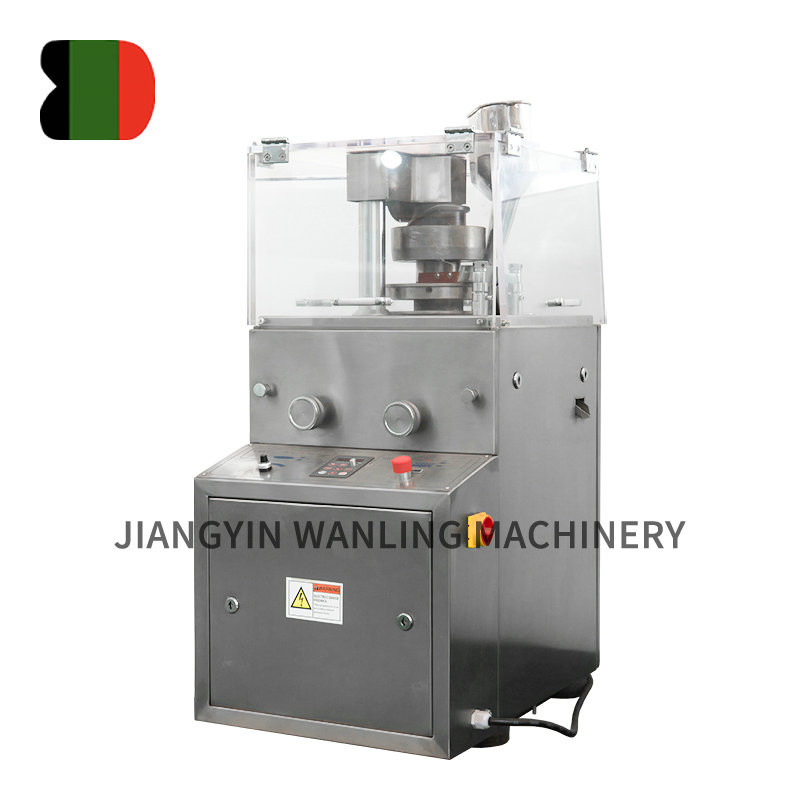
5. Tooling Design and Materials
Material Selection: Tooling is typically made from high-quality, durable materials such as hardened steel or carbide to withstand the forces involved in tablet production. The choice of materials affects the longevity and performance of the tooling.
Precision Engineering: Tooling is engineered with precision to ensure accurate and reliable tablet production. Any deviations or defects in tooling can lead to variations in tablet size, weight, and appearance.
6. Customization and Flexibility
Interchangeable Tooling: Many tablet press machines are designed with interchangeable tooling, allowing manufacturers to switch between different tablet designs quickly. This flexibility is beneficial for producing a variety of tablet types and sizes without requiring extensive reconfiguration of the machine.
The tooling in a tablet press machine is essential for shaping and compressing tablets. It determines the tablet’s final shape, size, and surface finish, applies the necessary compression force, ensures uniformity and quality, and requires regular maintenance and cleaning. Properly designed and maintained tooling is critical for efficient and high-quality tablet production.



 Español
Español